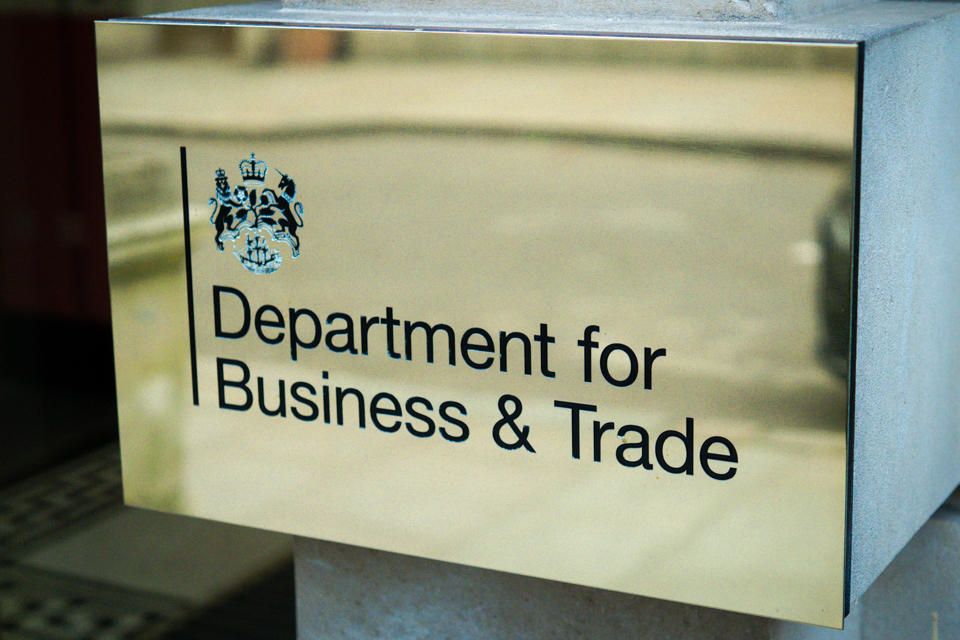The US is at real risk of recession – and it’s a disaster for Kamala Harris

As markets opened in the US, the S&P 500 index had fallen by 3.4pc and the tech-focused Nasdaq by 4.3pc.
It comes just as the US election battle between Kamala Harris and Donald Trump is intensifying, potentially posing a fresh challenge for the Democratic vice president as she seeks to defend her party’s record in office.
The sharp change has been “peculiar” and raises big questions for the US outlook, says Dan Boardman-Weston, chief executive at BRI Wealth Management.
“The data from the US has been weakening for some time, but the narrative has very much been soft landing. That just seems to have completely changed,” he says.
Analysts had largely accepted the US economy would experience an extremely rare so-called soft landing in the face of surging interest rates – meaning it would gradually slow but avoid a recession.
The Federal Reserve insisted only a week ago that it was still too early to start lowering borrowing costs after the most aggressive round of tightening in decades.
But official figures showed on Friday that the growth in jobs had slumped to 114,000, far below an average of 215,000 over the last 12 months.
Unemployment meanwhile rose by 0.2 percentage points to 4.3pc, triggering an economic alarm bell known as the Sahm rule. This predicts that a recession is imminent when the unemployment rate rises by at least 0.5 percentage points from a low point within a year.
“I think there’s a strong possibility there’ll be a recession,” says Boardman-Weston.
Such fears are echoed by Frédérique Carrier, head of Investment Strategy for RBC Wealth Management in the British Isles and Asia. “Recent economic data suggests that the labour market isn’t just cooling, it may be getting cold,” she says.
Carrier also highlights that surveys suggest the availability of jobs “not only being notably lower than in 2019, but also dropping at a pace on par with past recessions”.
These factors may reflect that the pain of high borrowing costs is finally starting to kick in, according to Boardman-Weston.
“The impact of rate cuts or rises takes quite some time to filter through to the real economy. What we are starting to see now is the consequence of moving interest rates from next to nothing to 5.25pc starting to impact on Main Street,” he adds.
The Fed began raising its benchmark rate from a target range of 0-0.25pc in March 2022. It last increased this to 5.25 to 5.50pc in July last year.
Traders are now pricing in five quarter-point cuts this year, having recently only expected one.
Related
Why investing in women is a vital next step for…
Get Nadine White's Race Report newsletter for a fresh perspective on the week's newsGet our free newsletter from The Independent's Race CorrespondentGet our fre
Business secretary signals major shift on electric car policy to…
In a determined effort to retain Nissan’s manufacturing presence in Britain, Business Secretary Jonathan Reynolds has vowed to implement “substantial c
Joint Statement: Business Secretary and Fujitsu Services Ltd
Business and Trade Secretary Jonathan Reynolds today (Friday 7 March) met chiefs for Fujitsu in Tokyo to begin talks over the cost of redress for victims of th
UK foreign secretary backs multilateral defence funding for Europe
UK foreign secretary David Lammy has said that a new multilateral fund will be needed to secure Europe’s defence as he confirmed that Britain is “open to”













